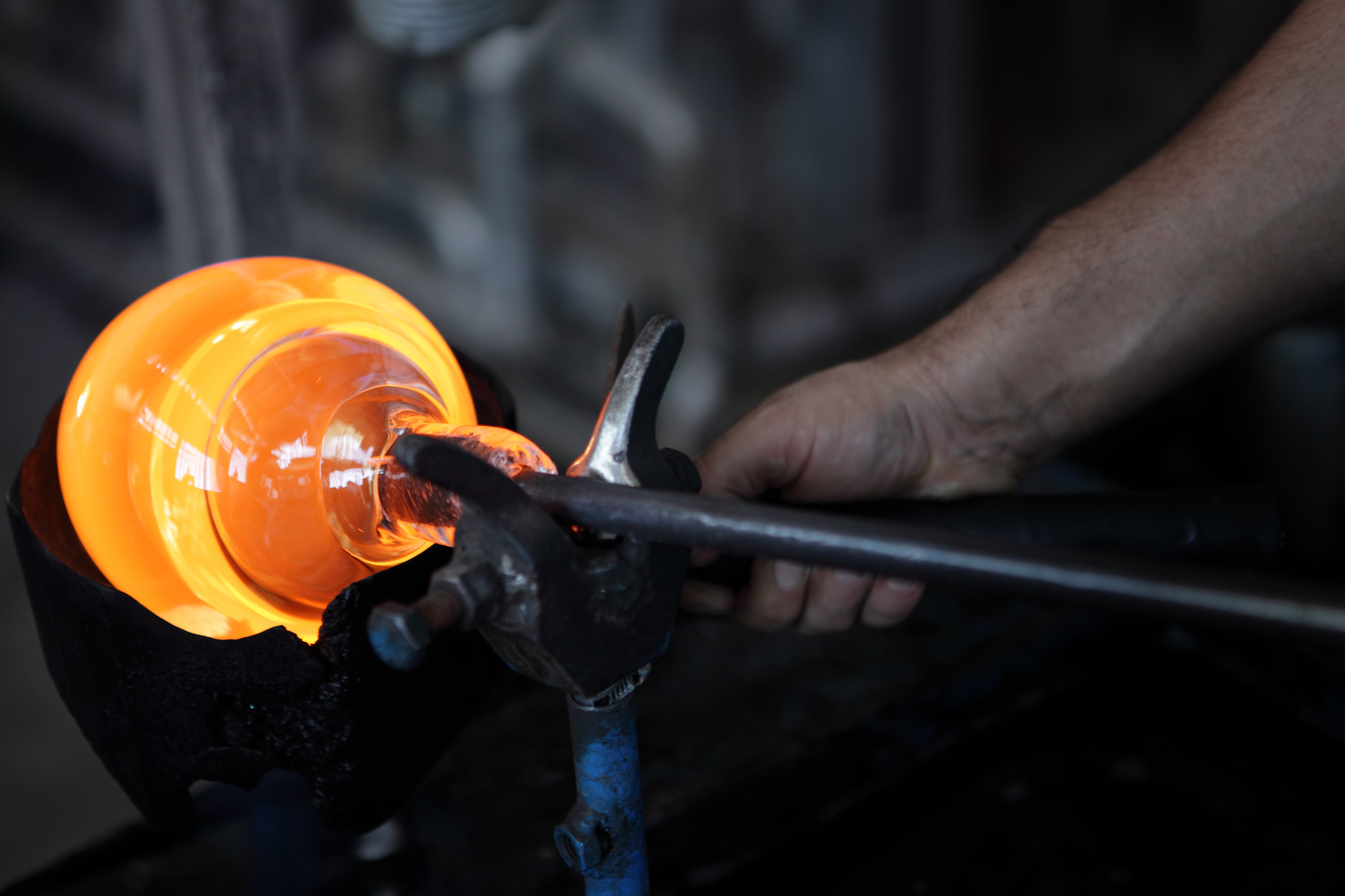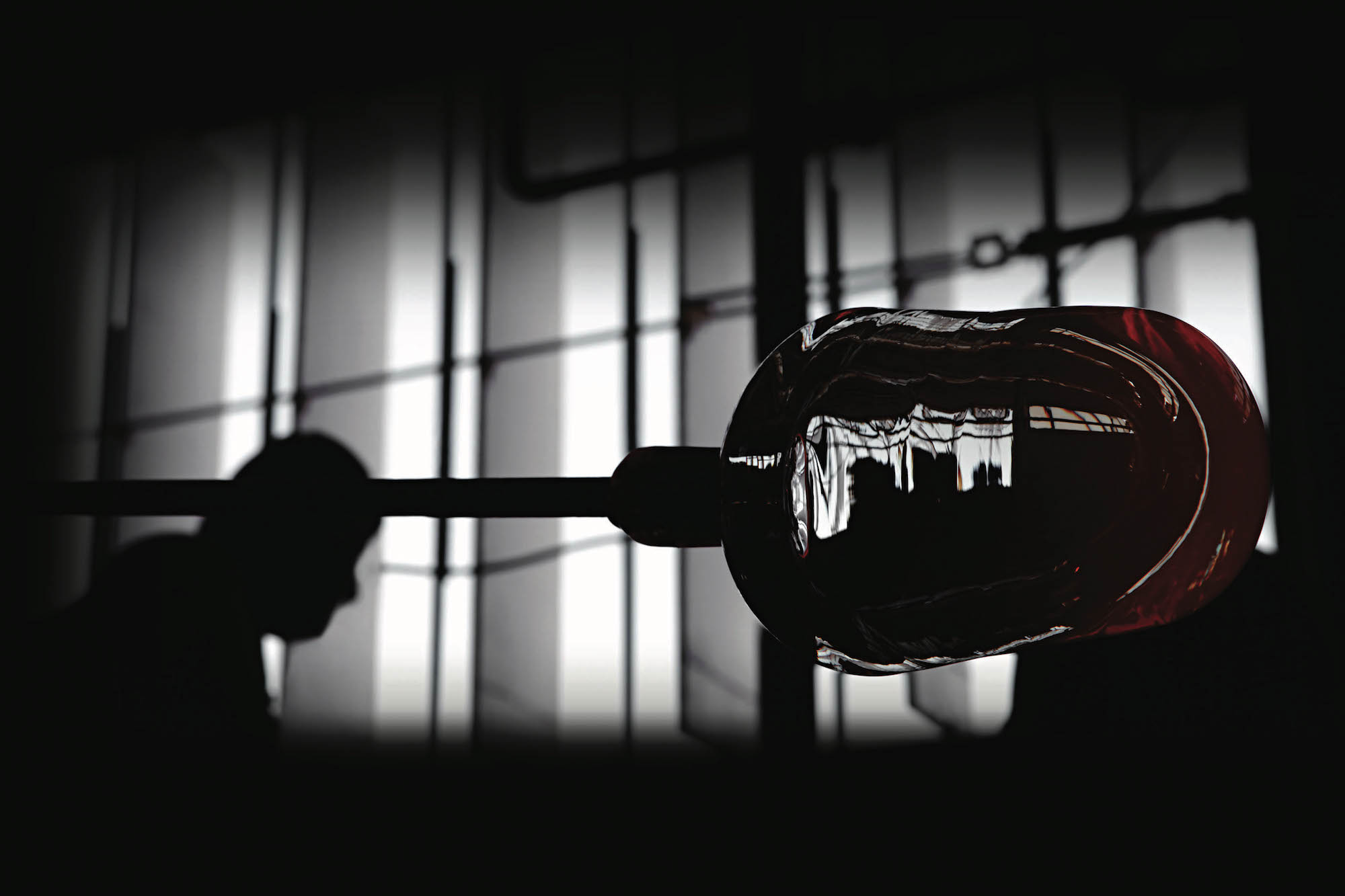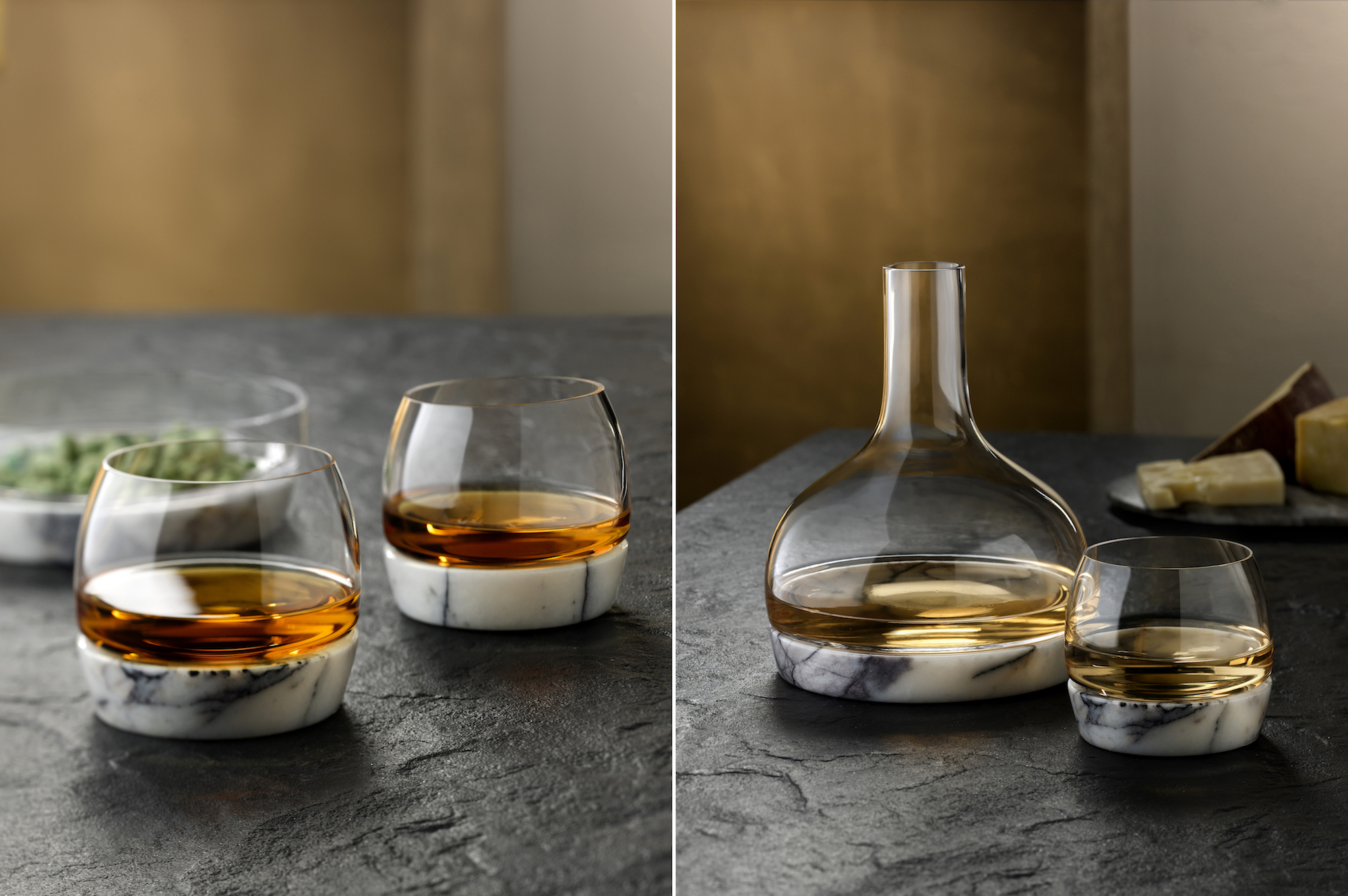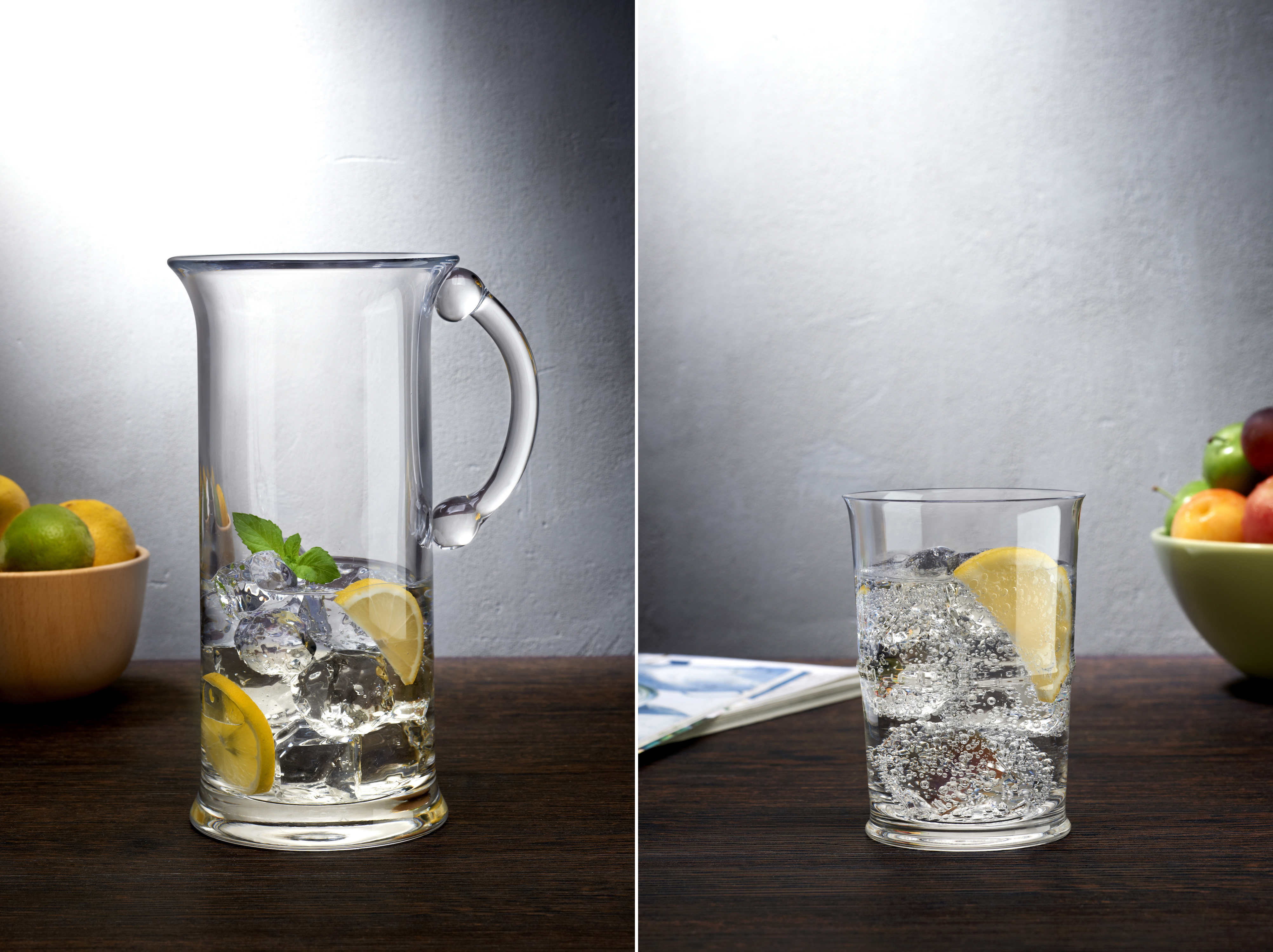The inimitable fashion designer on innovation, representing a diverse vision of modern Britain and pushing the boundaries of design
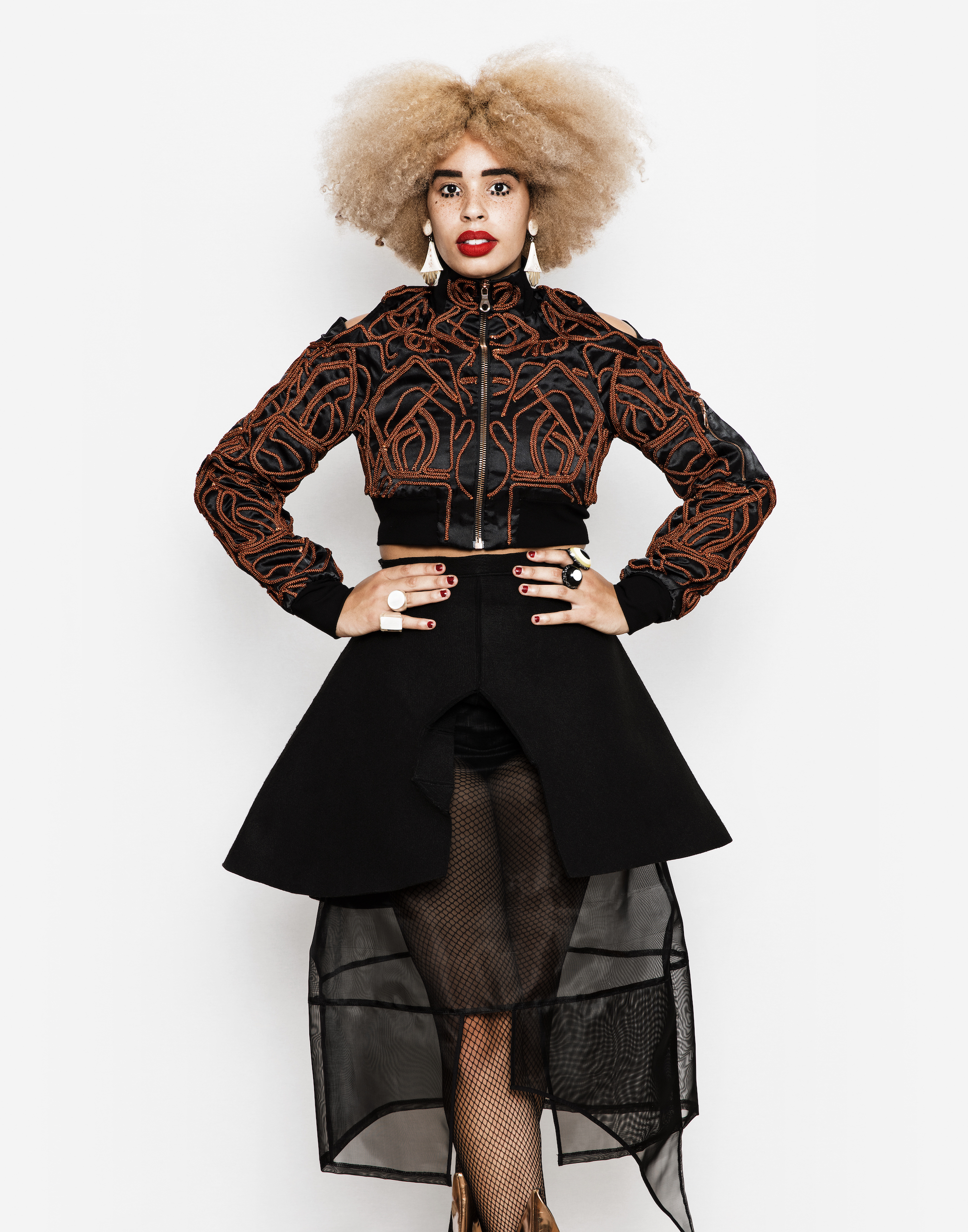
In the history of style there are a handful of fashion designers whose work goes far beyond the parameters of attire and moves into the realm of high art; McQueen, Galliano and Gaultier being perhaps the most obvious of the avant-garde vanguard. However, it is worth noting that what those names share in common is the fact that their groundbreaking aesthetic provocations punctuated a very narrow and clearly delineated mainstream – theirs was a time that existed before the information avalanche and tortuous art directed hashtag distractions of the social media landscape. In the current paradigm, punctuating the dizzying multiplicity of cultural streams to genuinely stand apart and be noticed is no easy feat, which is why the British designer Sadie Clayton is a genuinely inspiring 21st century figure.
Born in Yorkshire to mixed race parents, Sadie is earmarked to become the Westwood of her generation. It is testament to her unique aesthetic that she was chosen by the Department of International Trade to represent Britain at this year’s AltaRoma festival in Rome, a distinctive niche in the fashion calendar presided over by the legendary Sylvia Venturini Fendi. It’s a hopeful sign in an era in which right-wing ideologies seem to be on the rise across Europe that the chosen representative of the UK is a plain-speaking, no-nonsense northern woman unafraid of challenging fashion industry clichés.
Suffice to say, her show at Villa Wolkonsky, the residence of the British Ambassador in Rome, celebrated profound diversity on the runway. A beautiful, striking black woman rolling down the runway in a wheelchair provided stark opposition to the more common albino-skinned waifs in the fashion firmament. Given her penchant for provocation and punk positivism, it is perhaps unsurprising to learn that fashion is just one spark of Clayton’s fiery creative vision, and that her ambition is nothing short of boundless. We caught up with her after the show at Villa Wolkonsky to discuss her enthusiasm for conceptual innovation and to find out why fashion should be leading the charge for equality.
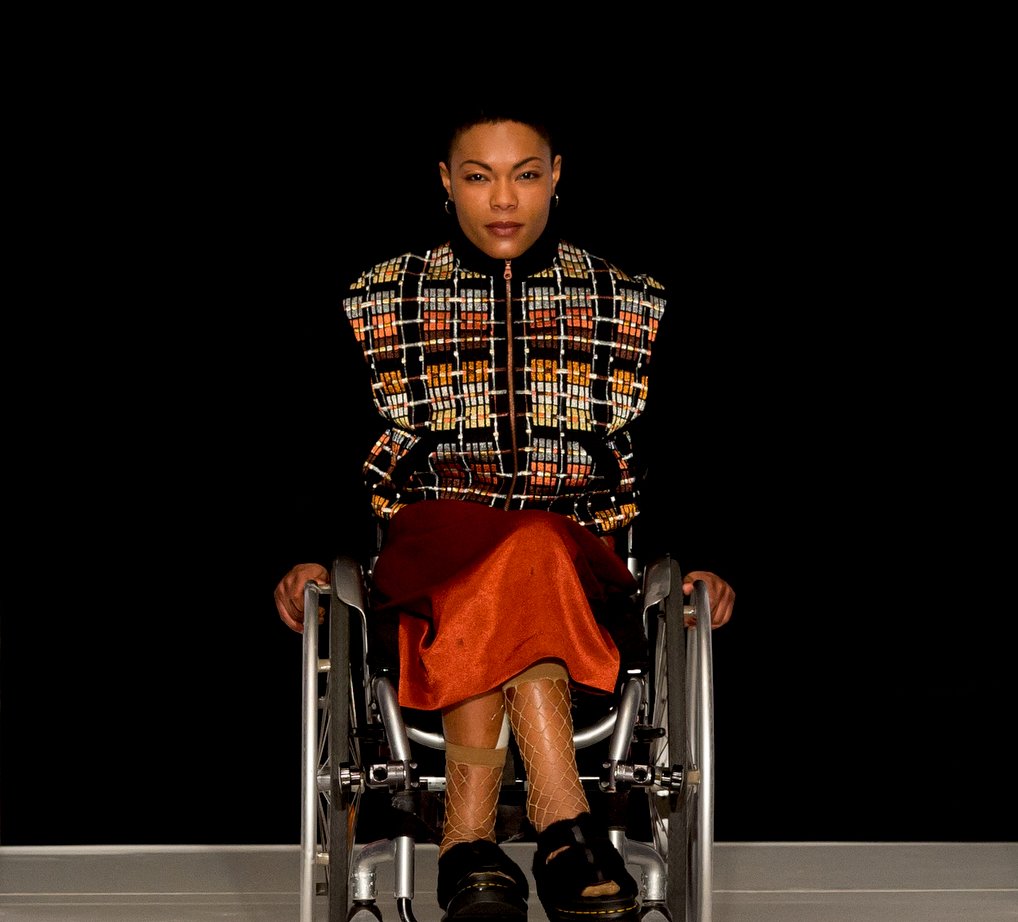
Was there any particular thing as a child that inspired you to want to create?
I grew up in a society where I was very much in a minority being mixed race. I looked very different to my friends, so had the choice to either follow cultural stereotypes or embrace who I was, have fun with it and take advantage of my cultural fusion. The decision to take the route of individuation began at a young age – I’d buy fabric from Ikea and make a dress by draping fabric on a mannequin, jazzing it up by adding buttons from my very large vintage buttons collection. Back then, as now, everybody wore the same clothes, and followed the same trends, but I wanted to wear avant-garde interesting clothing and create my own trends, so studying fashion and moving to London and creating my own label was a way to actualise this. I am a creative who is inspired by bringing vision to life first and foremost.
Why did you choose to work in copper and metals?
I always knew that I wanted to work with lots of different materials, not just fabrics, and metal was one of them – I was naturally drawn to the depth and richness of copper, and I love the way that copper can transform into a range of colours, oxidising into blues and greens, and as it ages it mellows. The core essence of my copper work is the creation of a beautiful piece of armour in a sense – something to protect and shield, and how I work the copper comes, for me, to reflect the texture of life. I have a very holistic approach to life, and copper is the element which brings not only health and good luck, but is symbolic of speed and technology and change, all concepts that inspire me.

Who has been your greatest inspiration from the world of art?
That’s hard to answer because I have some many favorite pieces – one of my favorite artists is Ron Arad, I tend to love whatever he produces, whether it be a chair, a hat or a structure in Kings Cross Station. I am also very inspired by sculptural genius of Rachel Whiteread, Barbara Hepworth and Anish Kapoor – artists who challenge the system and fight for change through creating beautiful thought provoking exhibitions and installations.
Talk to us about your teaching – what do you most enjoy about mentoring?
I believe in giving back, whether it is in the field of fashion or beyond, that’s why I teach and also why I participate in events such as those held at Tate Britain where we show hundreds of young people how to sculpt and create for themselves. It is a big way to unlock creativity and stimulate vision. When I speak, I speak openly about the challenges and realities of building a brand, especially in the fashion industry. For too long students have been focused just on the design and creative side but it’s a tough world out there and you need to be prepared and taught how to improve your likelihood to succeed.
What has been the most fulfilling moment for you so far?
I just presented my AW/18 collection at AltaRoma, which was my first solo catwalk since my commercial launch in-front of the international media, supported by the UKDIT with the intention of drawing attention to diversity in fashion and hopefully the world. It was an amazing moment and privilege at so many levels. It’s very different to the kinds of brands often prevalent at AltaRoma. My brand is strong and feminine, but it’s not all about fashion for me. I don’t want to be defined as one thing, I hate boundaries and want the women who wear my clothes, or people who buy my accessories, or eventually drive my boats, even, to personalise and interpret my work so that they feel energised and complete wearing or living with a big or little piece of Sadie Clayton in their lives.
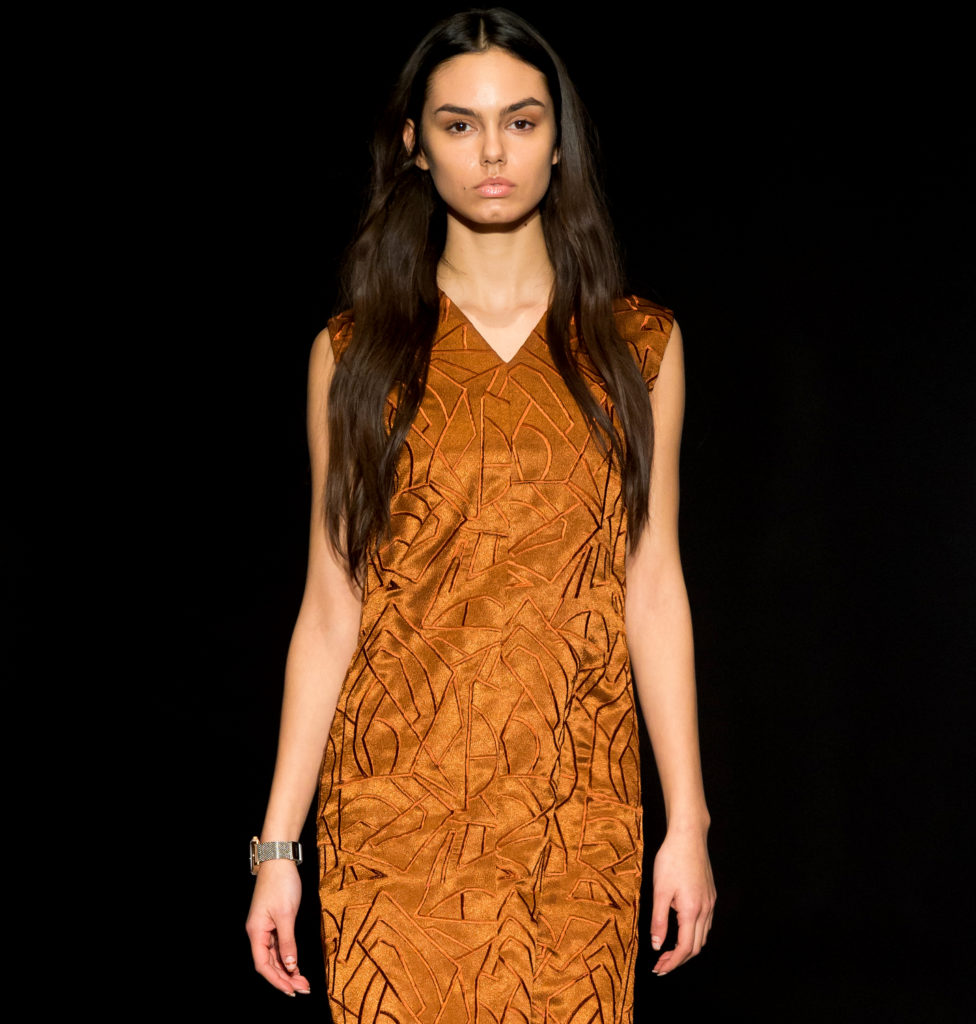
What are the key principles you stick to when designing?
From a fashion perspective, I would say Thierry Mugler, Claude Montana, Alexander McQueen, JPG and Comme des Garcons, as they epitomise a similar aesthetic purity, and, in their own way, stand for similar aspirational objectives for women. From a personal perspective, it was my mother who was instrumental in creating a woman who was hardworking, professional and tenacious. The key design principles I stick to are a strong silhouette, power and elegance. I love power, I love strength, I love ‘wow’, so if I can capture that in my major pieces then the job is done.
Why do feel you want to expand the brand beyond the horizon of fashion?
I just strongly believe that my vision of the world is not just one with a fashion focus. I would love to design the interiors of hotels, or super yachts or furniture, for example. I am passionate about the role of younger creatives in innovation, and I think my brand shows this in the way I have worked with, and continue to explore technology, whether in holographic form, through AI or 3D. Up until now, that has all been focused on fashion but we can always push the boundaries of design through technology and creativity, and I want to champion this.
What is your personal definition of beauty?
I was asked this recently by the Edinburgh Museum of Art. Beauty, for me, is the act of expression of one’s authentic identity – seeing somebody look a certain way, any particular way, that is really expressing their personality is beautiful. We are in a world now where you can wear what you want, and more and more people are taking advantage of that, whether it be in terms of cross dressing or the trend for gender neutral attire, or being wildly eccentric – it’s all a way of expressing who you are.
Photography Anthony Lycett
